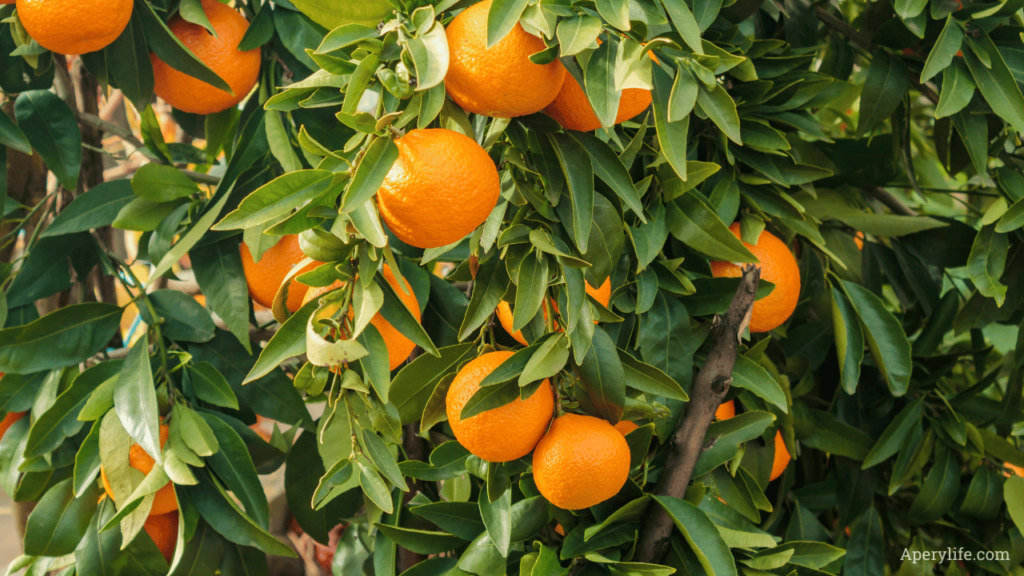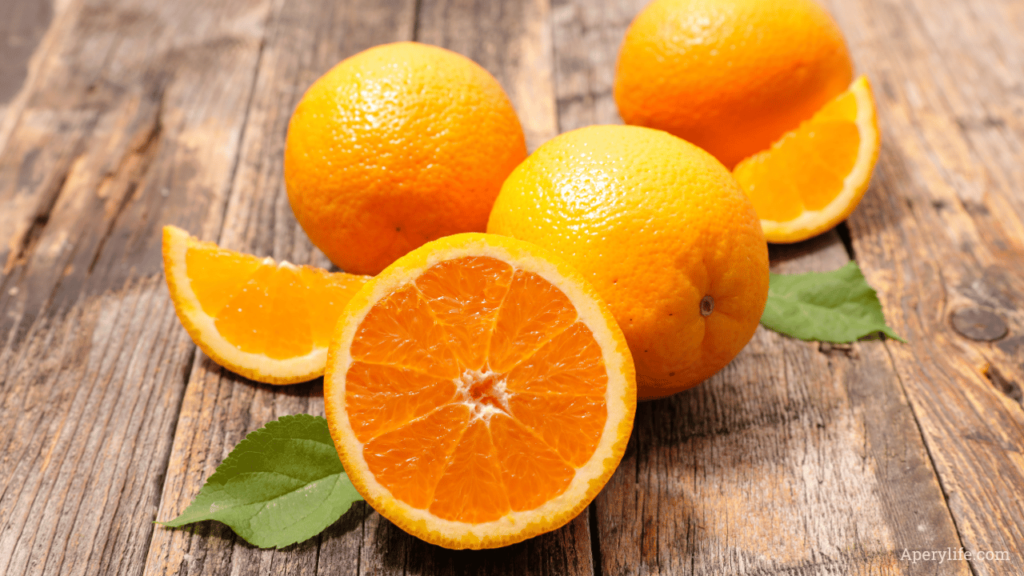From Orchard to Plate: A Dive into the World of Oranges
Winter brings with it a myriad of flavors and aromas, including the unmistakable scent of oranges. These winter fruits, with their juicy pulp and sweet-tart taste, are a real treat for the palate and for health. But what do we really know about them?
A Dive into History and Traditions
The history of oranges has deep roots in antiquity. Ancient Chinese were the first to cultivate these fruits, and thanks to Portuguese explorers, oranges arrived in Europe. In Italy, the cultivation of oranges quickly spread, and today our country is one of the world’s leading producers, with Sicily at the forefront with its famous blood oranges.
Description:
Oranges are a winter fruit rich in vitamins and flavor. Discover everything about oranges: when to buy them, how to grow them, and how to use them in the kitchen.
Seasonality: Oranges are in season from November to March. This is when they are freshest and most abundant in markets.
General Properties:
Oranges are not only tasty but also rich in nutrients. They are an excellent source of vitamins (C, A, B), minerals (potassium, calcium), fiber, and antioxidants. These valuable elements contribute to:
- Supporting the immune system
- Promoting skin health
- Protecting heart health
- Aiding digestion
- Detoxifying the body
Growing Tips about Oranges

Growing oranges can vary depending on the climate of your region. Here’s how to proceed: If you are fortunate enough to have a garden or an orchard, try the satisfaction of growing your own oranges. It is a rewarding experience that will allow you to enjoy a genuine, zero-kilometer product.
Soil Preparation:
Oranges prefer well-drained soil rich in nutrients. Preparing the soil with compost or well-rotted manure can help improve soil quality.
Sowing or Transplanting:
- In mild climates: If you live in a region with a mild climate, such as the Mediterranean, you can plant orange trees in spring or autumn. The plants will have time to establish themselves before the extreme seasons.
- In colder climates: If the climate is colder, it’s better to start orange trees in a greenhouse or in movable pots that can be brought indoors during winter. Plant the trees outdoors only when there is no longer a risk of frost.
Plant Care:
Keep the soil moist but not waterlogged, and ensure the plants receive plenty of sunlight. Oranges can benefit from mulching to keep the soil moist and reduce weed growth. Regularly fertilize with a specific citrus fertilizer.
Harvesting:
- In mild climates: Oranges planted in spring or autumn are ready for harvest during winter.
- In colder climates: Oranges planted in spring can be harvested at the beginning of winter.
Importance of Buying Local Oranges

Buying local oranges not only supports farmers in your area but also ensures that you are getting the freshest product possible. Freshly harvested oranges have a more intense flavor and better quality than those that have traveled long distances. Additionally, buying local oranges helps reduce the environmental impact of transportation and promotes sustainable farming practices.
History of Oranges:
Oranges are an ancient fruit, cultivated since the times of the ancient Chinese and brought to Europe by Portuguese explorers. Today, Italy is one of the world’s leading producers of oranges, especially in regions like Sicily, famous for its blood oranges.
Choosing and Storing Oranges To best enjoy the flavor of oranges, it is important to choose them fresh. Here are some tips:
- Appearance: Choose oranges with smooth, bright skin, free of spots.
- Touch: Oranges should be firm to the touch and heavy for their size.
- Smell: Fresh oranges have a strong, aromatic scent.
- Seasonality: Oranges are in season from November to March.
Once purchased, oranges should be stored at room temperature for about a week or in the refrigerator for 2-3 weeks. It is advisable not to wash them before storage, but only before use. If you have peeled or juiced the oranges, store the juice or pieces in an airtight container in the refrigerator for 2-3 days.
A Versatile Ingredient in the Kitchen Oranges are a versatile ingredient in the kitchen and can be used in various preparations:
- First courses: Risottos, grain salads, pasta dishes.
- Main courses: Orange chicken, orange fish.
- Desserts: Orange cake, orange marmalade, orange sorbet.
- Beverages: Fresh orange juice, cocktails.
Recipes for All Tastes To stimulate your imagination, here are some orange-based recipes:
- Orange and Fennel Salad: A fresh and light dish, perfect for an appetizer or side.
- Orange Chicken: A tasty and aromatic main course, ideal for a special dinner.
- Orange Cake: A soft and fragrant dessert, perfect for breakfast or a snack.
Sustainability: A Gesture for Taste and the Environment An Invitation to Enjoy Winter
Oranges are a gift of winter, a fruit that encapsulates flavor, tradition, and wellness. Enjoy them in all their variations, experiment with new recipes, and share the joy of this fruit of the earth with your loved ones.
Choosing local oranges means:
- Superior taste: Fresh oranges, with a more intense and aromatic flavor.
- Guaranteed quality: Local production with sustainable agricultural practices.
- Less environmental impact: Reduced CO2 emissions and pollution.
- Support for the local economy: Enhancement of the territory and local labor.
How to recognize local oranges:
- Market stalls: Prefer stalls that display local products.
- Informative labels: Pay attention to labels; it’s always good to read the product information before purchasing.
And you? What are your favorite recipes?
Reproduction reserved © Copyright Aperylife.com